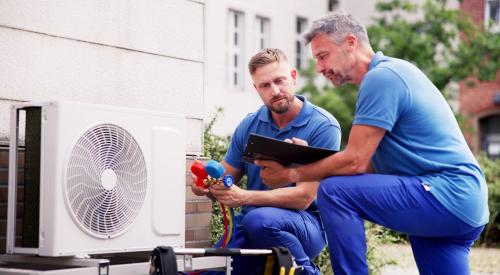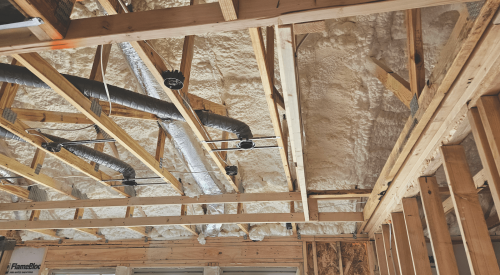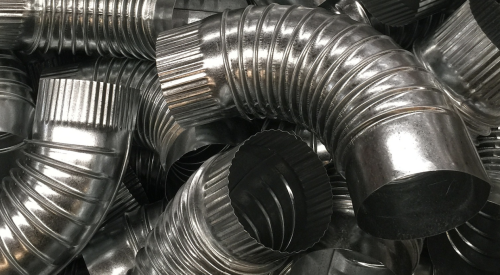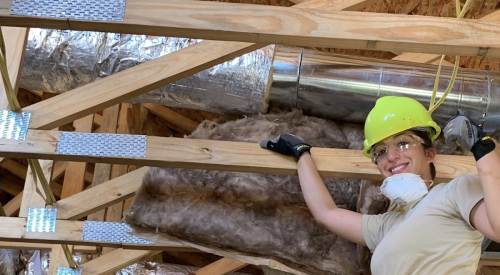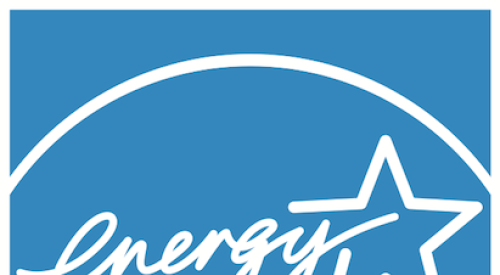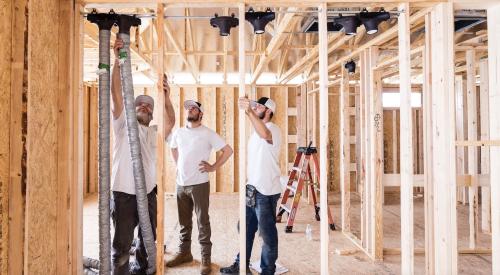California builders and buyers are warming up to ComfortWise, an energy management program that guarantees a home will use at least 30 percent less energy for space heating and cooling than the same house would if it were built to meet the National Model Energy Code. While buyers are attracted by lower operating costs, increased comfort and a cleaner indoor environment, participating builders are realizing another benefit: increased sales of options and upgrades.
"Quite simply, a ComfortWise home costs less to operate, thereby saving a homeowner money on their monthly energy bills," said Eric Borsting, vice president of ConSol, who manages the ComfortWise program. "Those savings are translating into purchasing upgrades for new home buyers."
While ComfortWise is an example of an Energy Star program, it differs from the Department of Energy’s national umbrella program is several ways. First, the Energy Star Home Program allows for various features to be used to make the structure 30 percent more energy efficient than the current Model Energy Code. While ComfortWise targets the same 30 percent energy savings, it calls for specific features to ensure participating homes meet that level.
For home builders participating in the program, ComfortWise offers:
ComfortWise specifies a mechanically-engineered, room-by-room HVAC system. In designing the heating and cooling systems, engineers take into account bends and turns in ductwork, register locations, duct runs, connections and airflow. For example, bends drastically cut off airflow - a gradual 180° turn has the same effect on airflow as adding at least 30 feet to the length of the duct.
Because of the efficiency of the engineered design, along with tight ducts, a smaller size air conditioning unit is possible; meaning the system will perform properly for a lower operating cost. System design is combined with careful product choices, like spectrally selective glass to increase energy efficiency.
Rough inspections cover installation quality of components such as windows, insulation and HVAC equipment. Final on-site inspection tests room-by-room airflow, static pressure and a blower door test.
In addition, ComfortWise offers builders with marketing support, advertising and training as part of the program. Co-op advertising dollars are available to promote the efficient features of ComfortWise homes. ConSol also trains a builder’s new home sales staff to effectively market and sell the benefits of energy efficiency.
To date, builders participating in the program include Centex Homes, Suncrest Homes, Shea Homes, John Laing Homes (northern California division), Griffin Communities, Continental Homes and Lee Homes. To be a part of ComfortWise, builders pay a per unit fee that varies depending upon the number of homes built.
